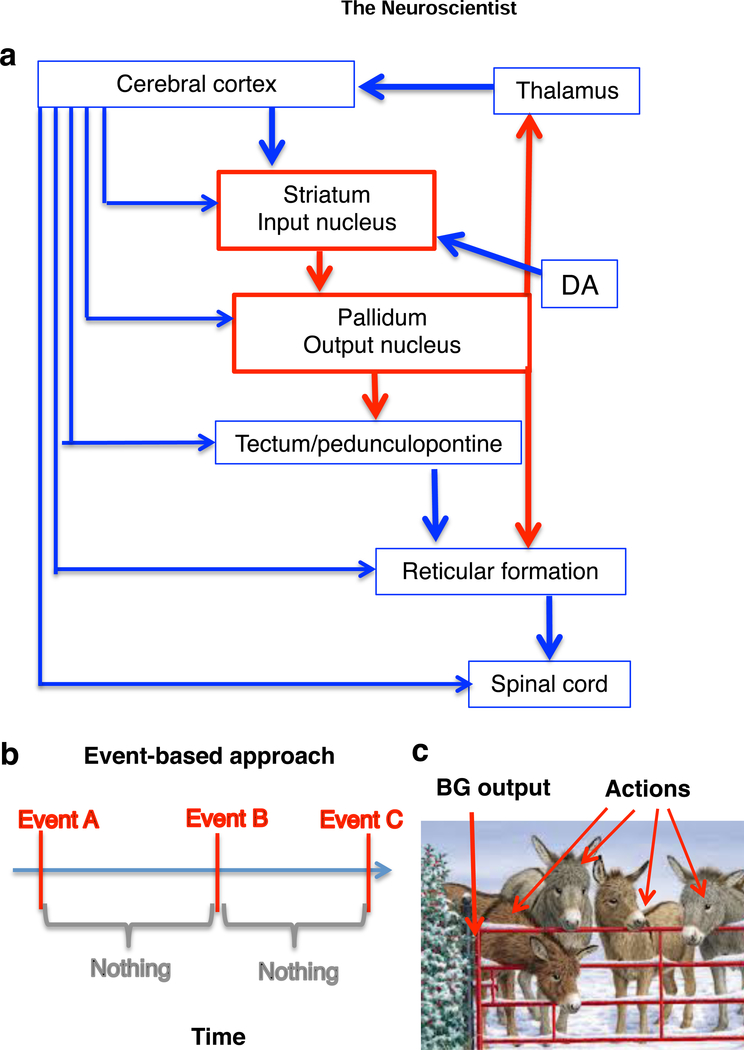Figure 1. The place of the BG in the central nervous system.
a. The BG consist of two major groups of nuclei (striatum and pallidum). Unlike the cerebral cortex, which is characterized by glutamatergic projection neurons, the BG nuclei contain GABAergic projection neurons. The striatal regions (including caudate-putamen, nucleus accumbens) are characterized by medium spiny projection neurons which receive massive glutamatergic inputs from the entire cerebral cortex as well as intralaminar thalamus. The pallidal nuclei (including substantia nigra pars reticulata and internal globus pallidus/entopeduncular nucleus). The BG output neurons are GABAergic and usually exert an inhibitory effect on their target nuclei. It is important to emphasize that the major components of the BG as well as connectivity with the rest of the nervous system are highly conserved in evolution (Grillner and Robertson, 2015).
b. The traditional event-based approach to studying behavior assumes that behavior consists of discrete events, marked by time stamps, and ignores what happens between actions or during actions.
c. According to conventional action selection models, inhibitory BG output exerts tonic inhibition on downstream structures and suppresses behavior. A pause in the BG output neurons “opens the gate” and allows a specific action to be selected. The photograph is taken from www.freeimages.com.

